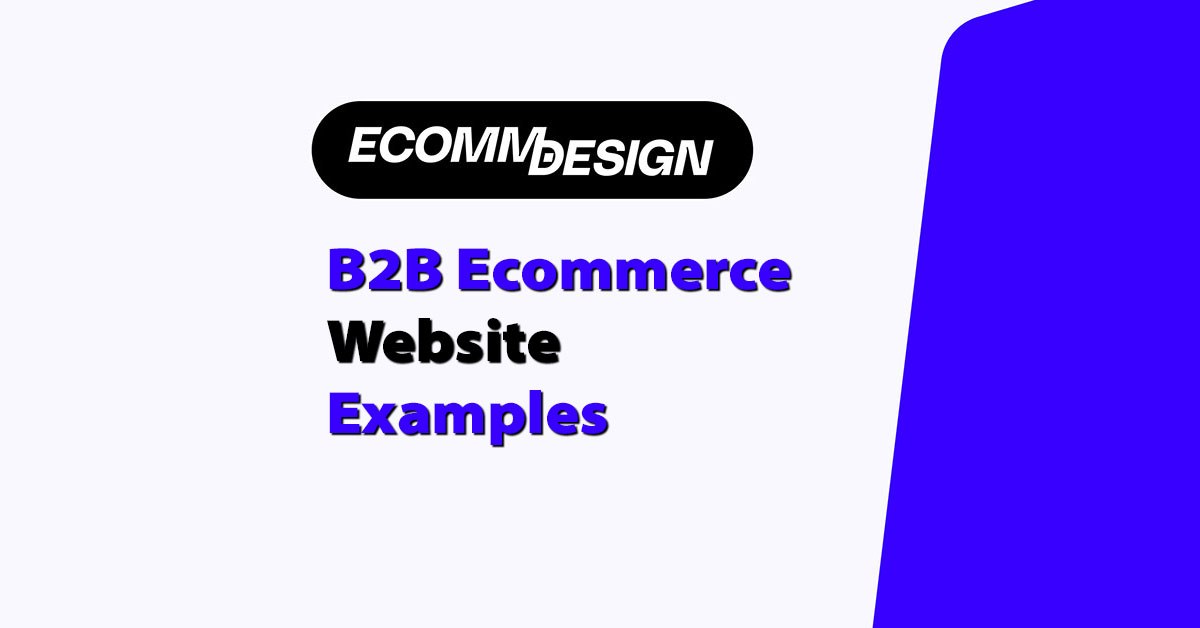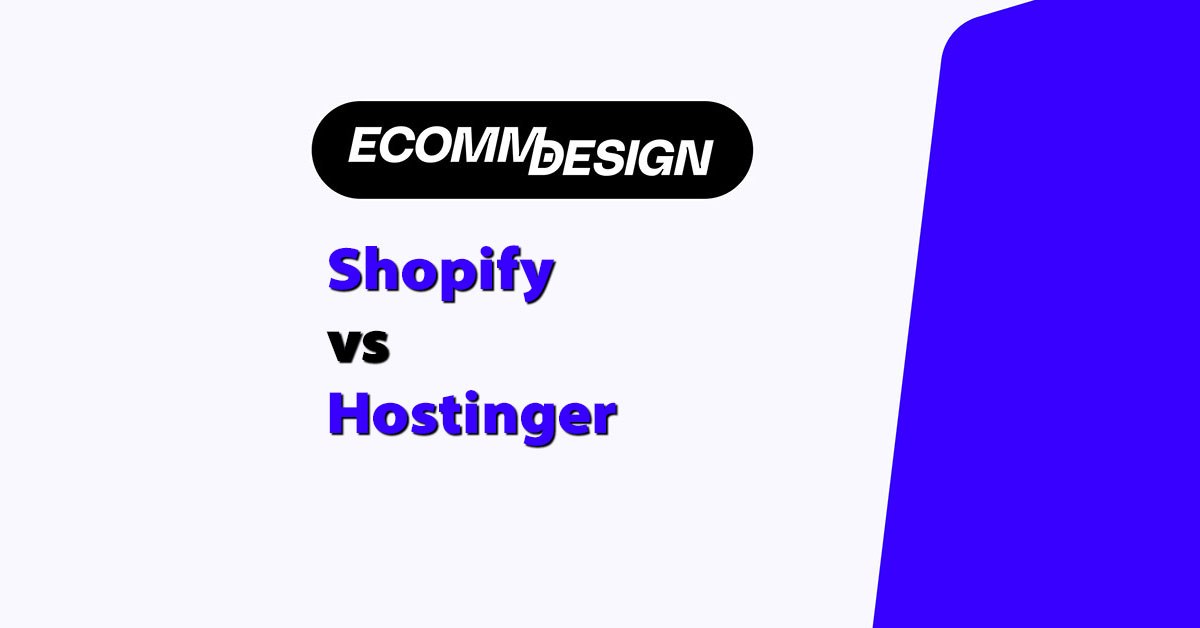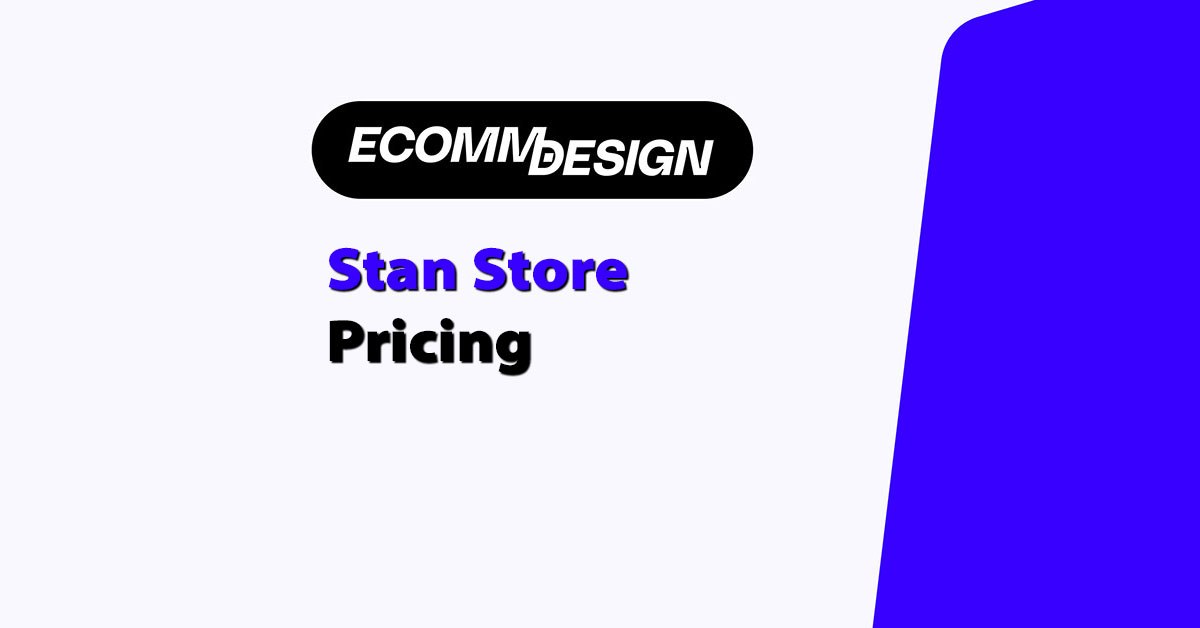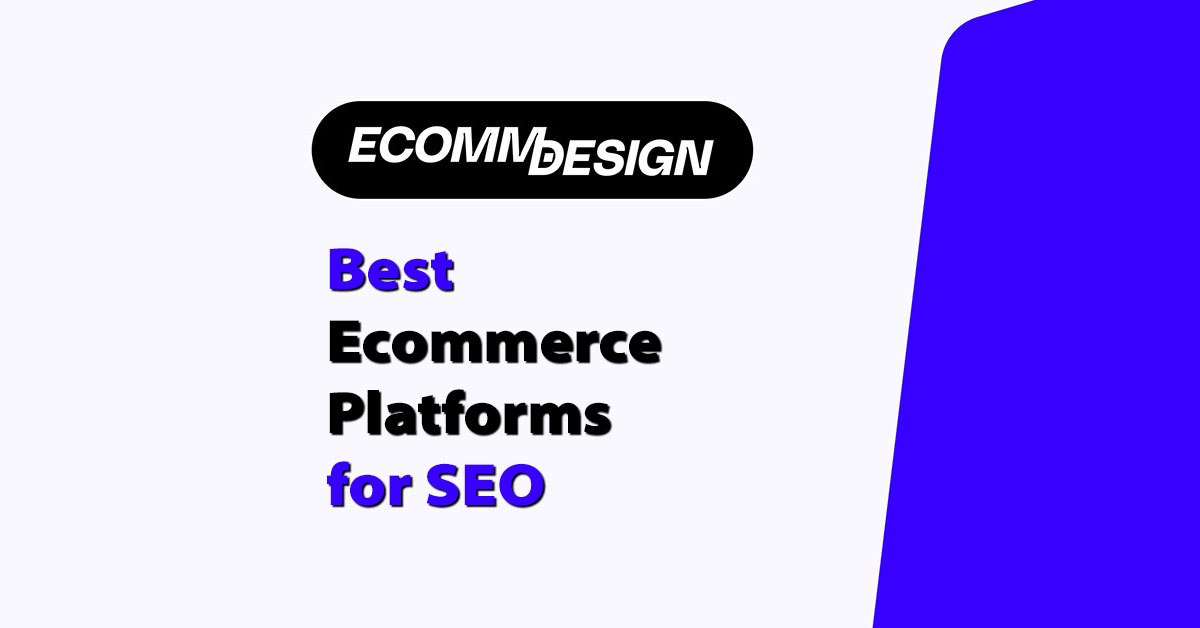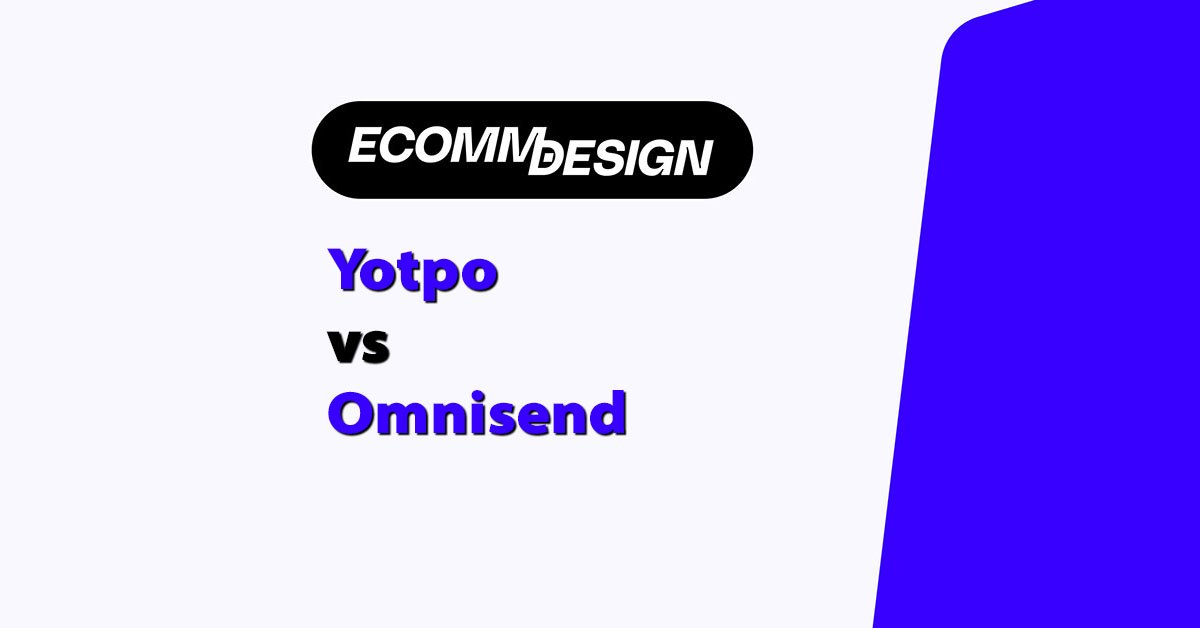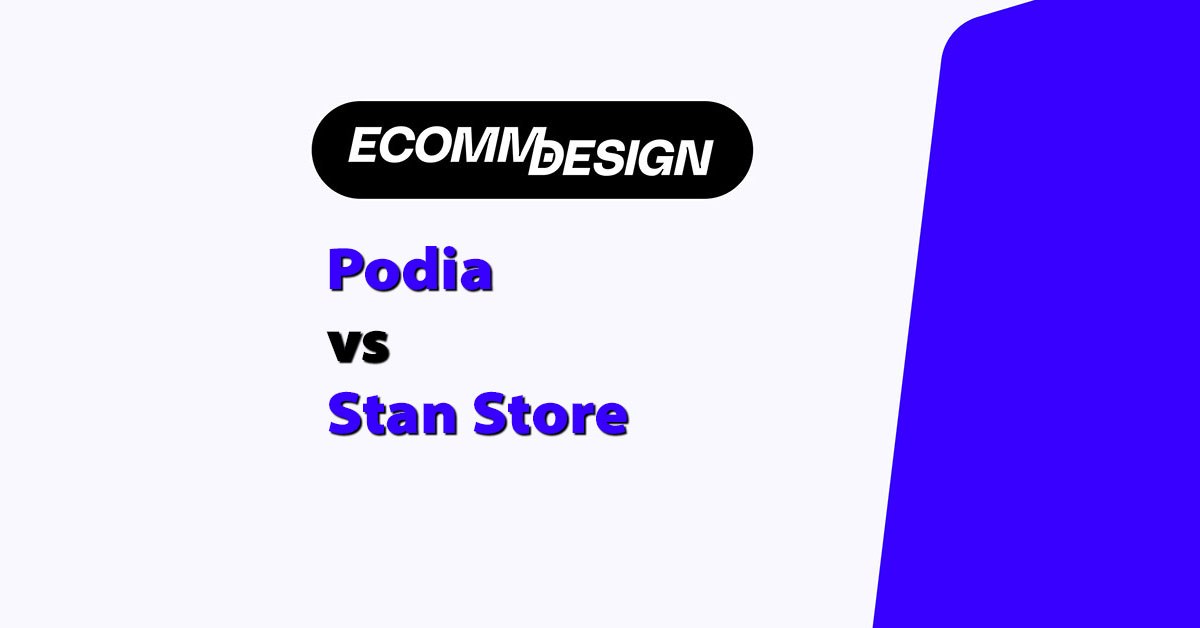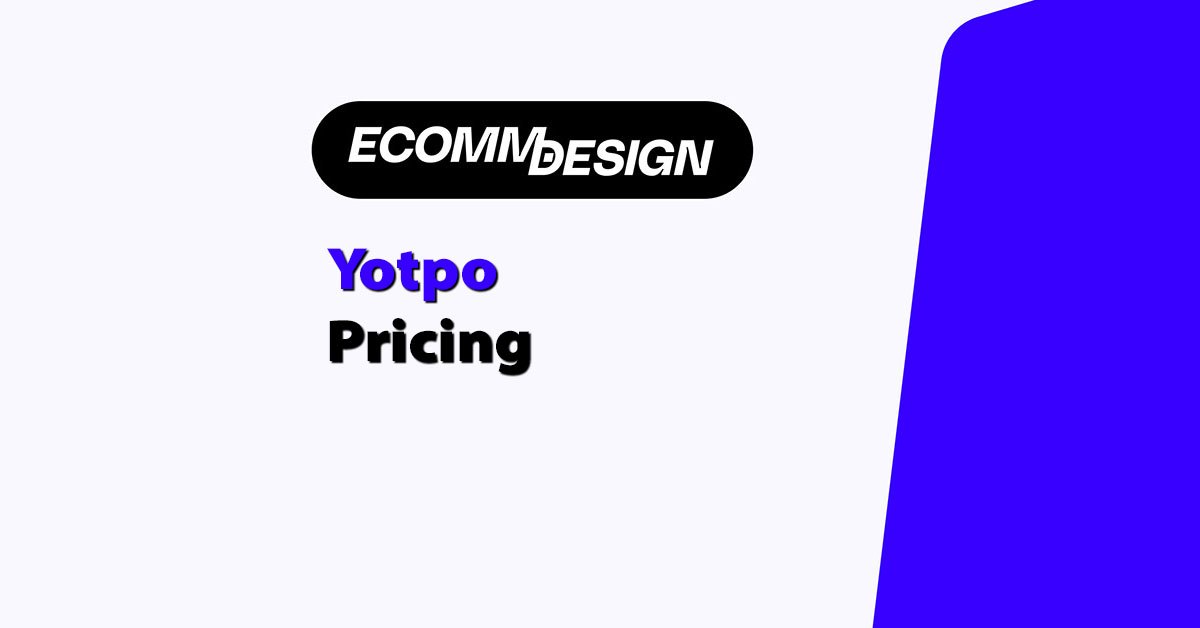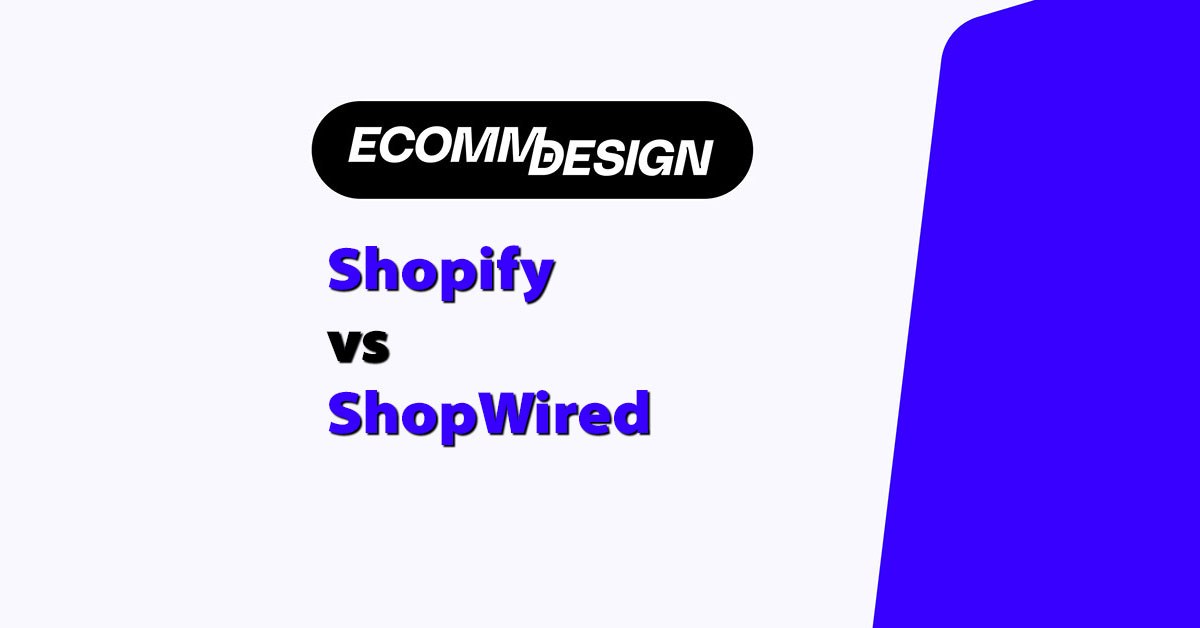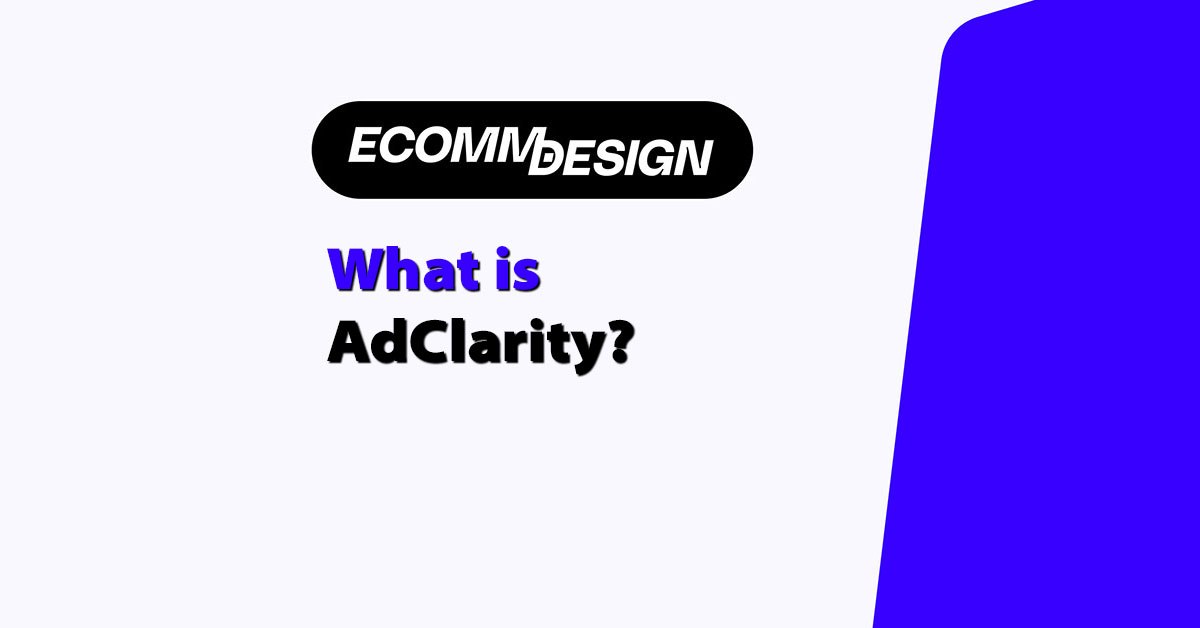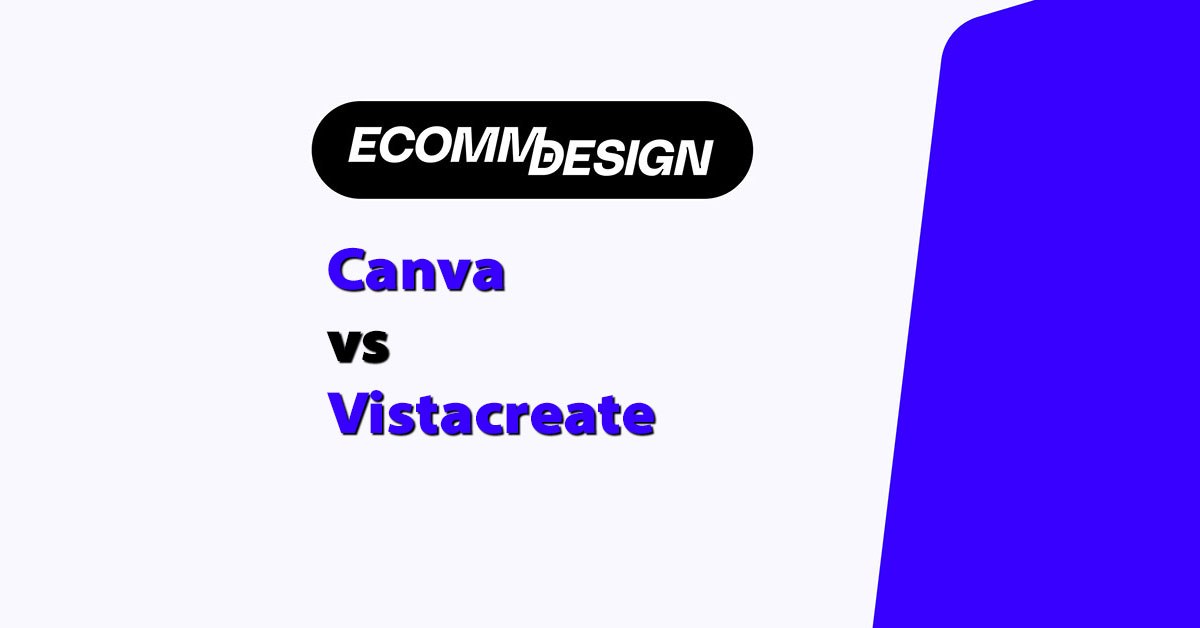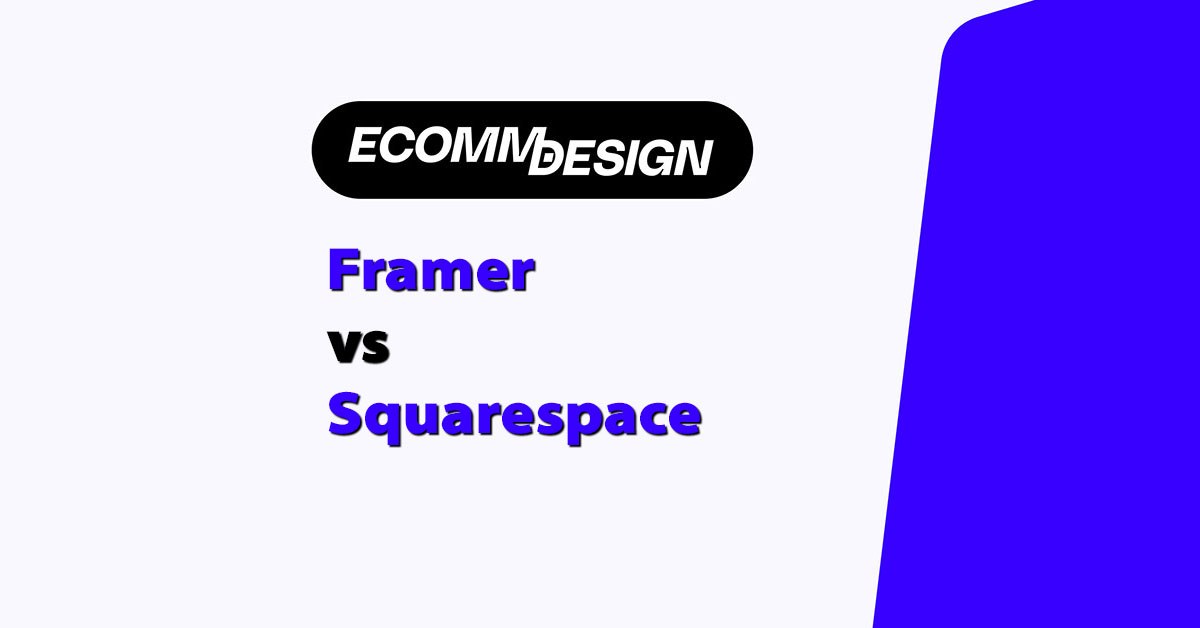
Framer and Squarespace are two very different website builders, but both are gaining popularity with online sellers looking to launch visually appealing ecommerce stores.
If you’re wondering which one is right for your business, you’re not alone.
I’ve spent over 100 hours testing, reviewing, and comparing both platforms across key ecommerce features like design flexibility, ecommerce tools, SEO, pricing, and ease of use.
After going hands-on with each, here’s what I found.
If you’re a creative with design experience, Framer offers unmatched visual freedom.
But if you want a full-featured, beginner-friendly ecommerce solution, Squarespace is the better all-rounder.
